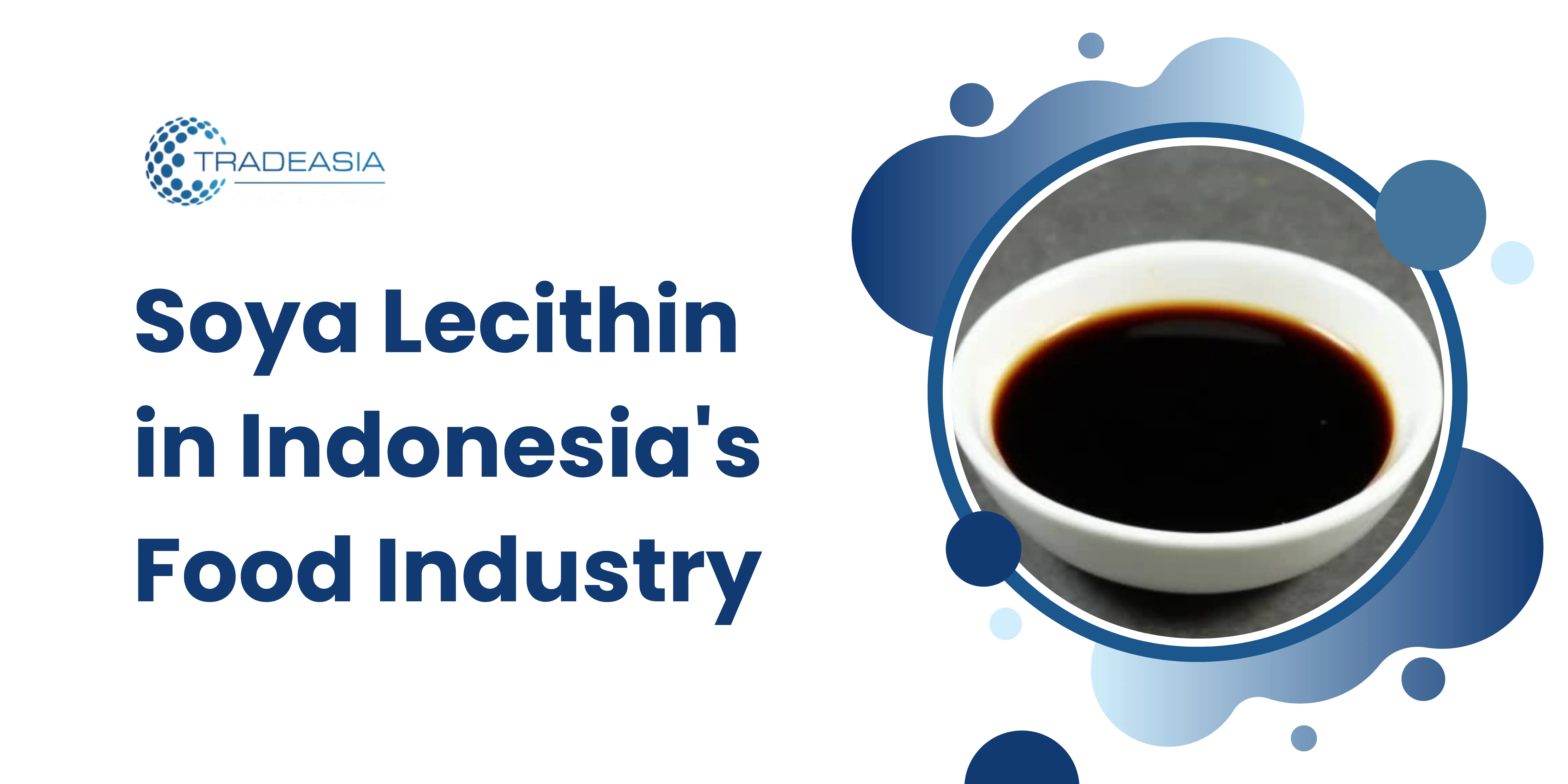Soya Lecithin is a highly versatile and essential ingredient used extensively across various industries, including food, beverages, pharmaceuticals, and cosmetics. Derived from soybeans, it is prized for its emulsifying, stabilizing, and health-enhancing properties. In Indonesia, the Soya Lecithin market has been expanding steadily, driven by growing consumer demand for natural and functional ingredients, as well as increasing industrial applications.
As we move into 2025, Indonesia’s Soya Lecithin industry is poised for further growth, propelled by advancements in production technologies, a rising focus on exports, and an evolving food and beverage sector. This article explores the key trends shaping the Soya Lecithin market in Indonesia, delves into its numerous applications, and highlights the challenges and opportunities awaiting industry players.
Overview of the Soya Lecithin Industry
Soya Lecithin is obtained as a byproduct of soybean oil extraction and is known for its multifunctionality. Its ability to act as an emulsifier, dispersing agent, and stabilizer has made it indispensable in many industries. Globally, the Soya Lecithin market is growing at a steady pace, and Indonesia is no exception. With its abundant soybean imports, Indonesia is a significant player in the Southeast Asian region.
In addition to its industrial benefits, Soya Lecithin has gained recognition for its health properties. It is a natural source of essential phospholipids, which are beneficial for brain health, liver function, and cardiovascular well-being. These attributes have driven its adoption in functional foods, dietary supplements, and pharmaceuticals.
Current Market Trends in Indonesia
The Soya Lecithin market in Indonesia is characterized by several notable trends:
-
Increased Demand in the Food and Beverage Industry
The Indonesian food and beverage sector, one of the largest in Southeast Asia, heavily relies on Soya Lecithin for its emulsifying properties. It is commonly used in:
-
Bakery products like bread, pastries, and cookies to improve texture and extend shelf life.
-
Chocolates and confectioneries to prevent separation of cocoa and improve smoothness.
-
Margarine and spreads to enhance consistency and taste.
With the rise of health-conscious consumers, Soya Lecithin has also found its place in the production of plant-based and organic foods.
-
Growing Non-Food Applications
Beyond food, Soya Lecithin is increasingly utilized in other industries:
-
Cosmetics: Used in moisturizers, creams, and lip care products for its natural emulsifying and hydrating properties.
-
Pharmaceuticals: A vital ingredient in drug delivery systems, capsules, and dietary supplements.
-
Industrial Uses: Acts as a release agent in paints, coatings, and adhesives.
-
Focus on Export Markets
Indonesia is becoming a key supplier of Soya Lecithin to neighboring countries in Southeast Asia, particularly Malaysia, Thailand, and Vietnam. The growing demand for clean-label ingredients in these countries offers significant export opportunities for Indonesian manufacturers.
-
Advancements in Technology
Innovations in extraction and processing methods are enhancing the quality and efficiency of Soya Lecithin production. This includes the development of non-GMO and organic Soya Lecithin, which caters to the growing demand for natural and sustainable products.
Applications of Soya Lecithin in Various Sectors
Soya Lecithin’s versatility makes it a highly sought-after ingredient across different sectors:
-
Food and Beverage Industry
As an emulsifier, Soya Lecithin is used to blend ingredients that would otherwise separate, such as oil and water. Its applications include:
-
Bakery and confectionery products.
-
Beverages, where it enhances solubility.
-
Processed and ready-to-eat meals to improve texture and stability.
-
Pharmaceuticals
Soya Lecithin plays a critical role in pharmaceutical formulations. It is used to improve the bioavailability of drugs and is a key component in the production of soft gel capsules and dietary supplements.
-
Cosmetics
In skincare, Soya Lecithin acts as a natural moisturizer and emulsifier, providing hydration and stability to products like creams, lotions, and lip balms.
-
Industrial Applications
The industrial sector uses Soya Lecithin as a dispersing and release agent in paints, coatings, and adhesives. Its eco-friendly properties make it an attractive alternative to synthetic chemicals.
Challenges in the Soya Lecithin Market
Despite its growing demand, the Soya Lecithin market in Indonesia faces several challenges:
-
Fluctuating Raw Material Prices
The availability and cost of soybeans, a primary raw material, are subject to global market conditions, which can affect the profitability of Soya Lecithin production.
-
Limited Awareness
Many small and medium-sized manufacturers in Indonesia remain unaware of the diverse applications and benefits of Soya Lecithin, limiting its adoption.
-
Competition from Synthetic Alternatives
Synthetic emulsifiers and stabilizers, often cheaper and more readily available, pose competition to Soya Lecithin in certain industries.
-
Regulatory Hurdles
Compliance with international quality standards and certifications can be a challenge for local manufacturers aiming to expand into global markets.
Opportunities for Growth in 2025
Despite these challenges, the Soya Lecithin market in Indonesia holds immense potential for growth, driven by:
-
Health and Wellness Trends
The increasing focus on health and wellness among Indonesian consumers is boosting demand for natural and functional ingredients like Soya Lecithin.
-
Export Opportunities
With its strategic location and access to regional markets, Indonesia is well-positioned to become a leading exporter of Soya Lecithin in Southeast Asia.
-
Government Support
Policies promoting local soybean cultivation and agricultural development are likely to enhance raw material availability and reduce dependency on imports.
-
Emerging Non-Food Applications
The expanding use of Soya Lecithin in cosmetics, pharmaceuticals, and industrial applications offers new avenues for market growth.
Conclusion
The Soya Lecithin market in Indonesia is set to thrive in 2025, supported by its versatile applications, rising consumer demand, and growing industrial usage. As the industry continues to innovate and adapt to changing market dynamics, it presents lucrative opportunities for both local manufacturers and international players.
For more insights and information on Soya Lecithin, visit:
Discover how Tradeasia connects industries with high-quality Soya Lecithin and other essential raw materials, driving innovation and growth in Indonesia's market.

Leave a Comment